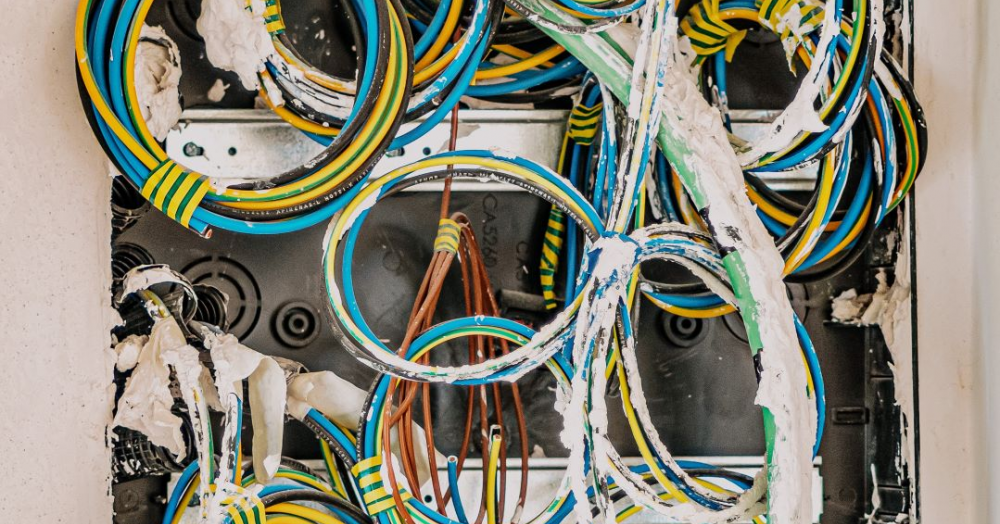

Get in touch with us
If you want to move in 2026, positioning yourself as a serious buyer is essential. Here’s how to put yourself ahead of the competition and be taken seriously by sellers.
Thinking of putting your home on the market soon? If you’re aiming to list within the next 90 days, this guide is for you. Here’s how to sharpen your strategy so you don’t just sell, you get the sale you want.
If you’re planning to sell in early 2026, now is the time to understand the timeline, the preparation and the steps that will help you move smoothly from listing to completion.
The Renters' Rights Bill has officially become law, marking a significant shift in the private rented sector. This new legislation brings important changes for both landlords and tenants, and understanding these updates is crucial for everyone in our local property community.